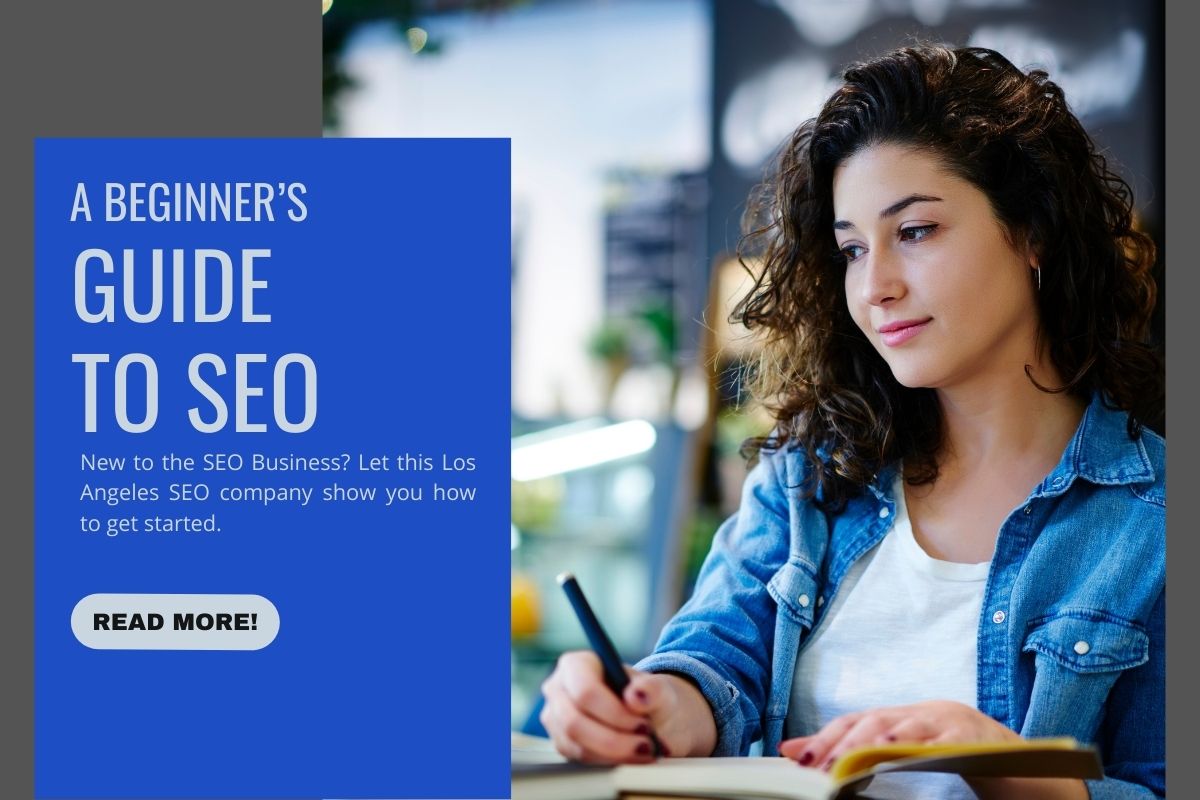SEO is a highly complex and highly intimidating subject that may seem like a foreign language to beginners. It can be difficult to get into if you don’t know where to start.
In this article, we will be discussing how to start SEO for a new website. These are the basic steps you must accomplish before anything else. Take it from us; we’re a Los Angeles SEO expert!
Claim Your Local Profile
The first step to SEO is setting up your local listing. You want to start small by targeting the local people in your area and then expanding as your business grows.
Start by heading over to Google Business Profile. Here, you can create, claim, verify, and post updates about your business. Add in important information like contact details, addresses, store hours, and websites. That’ll make it easier for users to find out more about you.
Try to add images and videos of your store, too. It makes your business look more established and appealing to new customers. They’ll be more likely to visit your store if they know what it looks like.
Lastly, add a frequently asked questions section by posting questions and answering them yourself. Here are some examples you can put:
- Is there a parking area nearby?
- Are animals allowed in?
- Do you deliver?
Do the same thing for other local listings. Here is a helpful list of more free business listing websites.
Run an SEO Audit
Things are starting to get more technical now. You want to make sure your website is free from any technical problems or issues—otherwise, it’ll harm your search rankings and prevent search engines from indexing your site properly.
Here is a checklist of things you need to look at.
- Robots.txt File: This tells search engine crawlers what parts of your website they can access. For this file, you should add only the important pages on your site, especially if you’ve got a lot of them. This prevents your site from being overwhelmed with crawling requests. It also prevents original media files like images from being shared publicly.
- Canonical Link Element: Sometimes, one page can have multiple URLs. Canonical link elements ensure only the preferred link is indexed. Screaming Frog is a good tool for checking this.
- Redirects: If your website has since moved or a page has since been deleted, you want to make sure it gets redirected to the new URL properly. Try to minimize the number of redirects (e.g., A to C instead of A to B to C). For this, we recommend using a 301 redirect as it tells search engines the page has permanently moved.
- Duplicate Content: Google may filter out pages with similar content. Make sure to delete any duplicate pages and multiple URLs if you can. You can use Siteliner to find any duplicate content.
- Mobile-Friendliness: You want your customers to have a great user experience no matter what device they’re using. Use Google’s Mobile-Friendly Test to see what your site looks like on mobile.
- Page Speed: Nothing turns a customer off from a site faster than slow page speed. Search engine crawlers can also get deterred by this—your page may be only crawled partially or skipped entirely. Improve your page speed by minimizing Javascript and CSS and compressing large images.
Make sure to bring a developer in to help you with advanced issues that are out of your range.
Optimize Your Site
It’s time to do some keyword research. This is an extremely important step as you want to make sure your site shows up every time a user searches for a phrase related to your brand. Your chosen keywords must have relevance (i.e., your website matches the user’s needs), authority (i.e., your website must be filled with helpful, accurate, and plenty of information), and volume (i.e., your website mustn’t be too niche).
For this article, we’ll assume you already know how to do this. If not, however, you can visit articles like these to learn how to conduct keyword research.
Get Backlinks
Backlinks can be divided into easy, moderately easy, and hard.
Easy backlinks are basically whenever a website mentions your company without linking to your site. To find out if people have been talking about you, use sites like Google Alerts or tools like Semrush. Then, reach out to that website and see if they’d link back to you. Easy backlinks also include local business listings.
Moderately easy backlinks include sharing content, creating infographics, or hosting contests. Share these on social media sites to generate backlinks. Additionally, you can also find sites like Medium that accept articles from guest authors and link to your site from there.
Hard backlinks take the most effort. These can include creating guides, studies, reports, interviews, webinars, and other forms of content. While time-consuming, they show the audience you really care about expanding your brand and can pay off very well.
Improve Your SEO Game
The steps we’ve outlined so far are only the tip of the iceberg. There is a lot more that goes into SEO, but as you are a beginner, you don’t have to worry about that as of yet. Don’t get too ahead of yourself, and just relax. Focus on the tasks you have at hand, create a systematic strategy and timeline, and do your job well. Once you’ve mastered them and feel comfortable learning more, then you can start learning new methodologies.
We are Los Angeles SEO expert that knows very well how intimidating getting started can be, so feel free to reach out if you need any help. You can contact us at (949) 800-6990.
